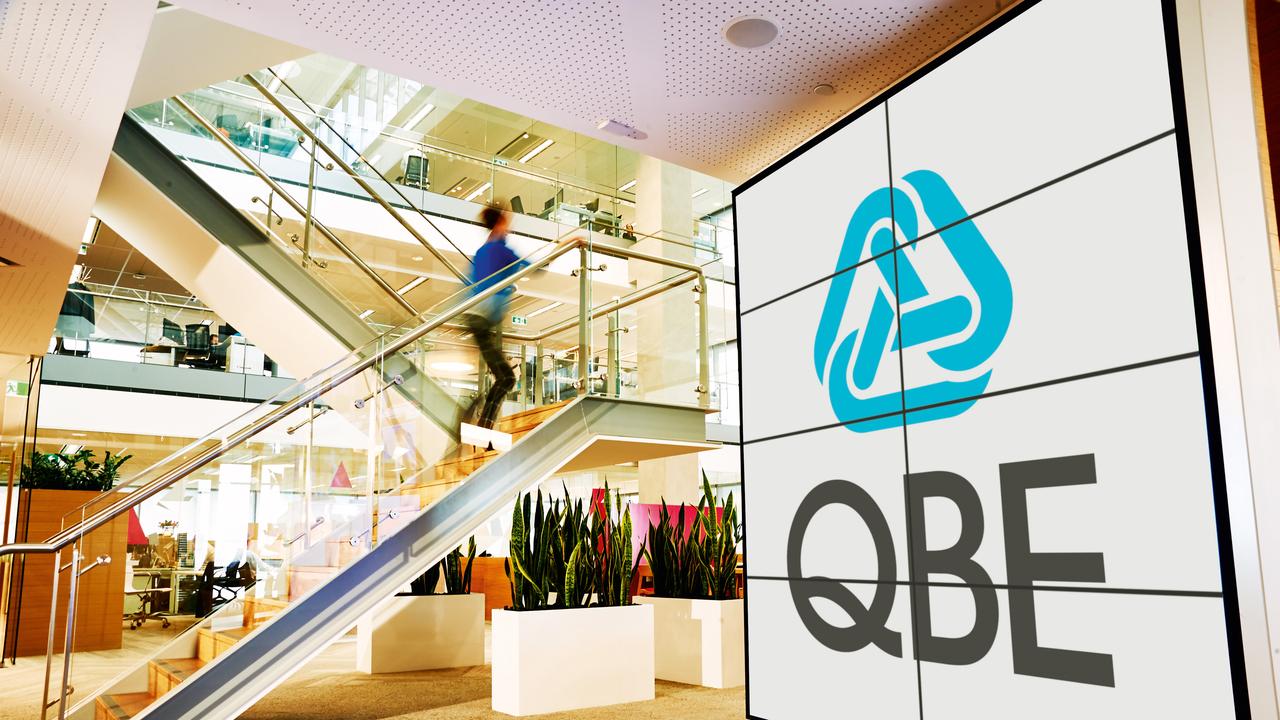Client Overview:
Aruma is Australia’s largest disability services provider, they provide support for individuals with disabilities across Australia’s east-coast. With a growing client base and increasing demand for resources located both in the cloud and on-premises, Aruma required a more robust, scalable data centre network design.
The Challenge:
Aruma faced several challenges with their existing data centre routing setup:
- Network Congestion: The legacy routing design couldn’t handle the increased volume of transaction data, leading to congestion and delays.
- Inefficient Traffic Routing: Static routing resulted in suboptimal traffic flows, causing occasional latency and performance issues.
- Scalability Constraints: The network was unable to efficiently scale to accommodate new data centers and regions.
- Redundancy and Availability: Failover mechanisms were not seamless, risking potential service disruptions.
- Security Risks: The lack of effective traffic segmentation created security concerns, particularly with sensitive customer data.
The Solution:
Sydco Networks proposed a streamlined data center routing design, focusing on performance, scalability, and security. Key elements included:
- Dynamic Routing with OSPF and BGP: Automated routing with OSPF for intra-data center communication and BGP for inter-data center traffic to ensure optimized, real-time path selection.
- Link Aggregation and Load Balancing: Multiple links between data centers were aggregated for higher throughput and balanced traffic distribution.
- Redundant Paths and High Availability: Introduced redundant routes and automatic failover mechanisms to ensure service continuity.
- Traffic Segmentation with VRFs: Isolated sensitive data traffic using VRFs to enhance security and prevent unauthorized access.
- End-to-End Encryption: Deployed secure tunnels with IPsec VPNs to protect customer data during transmission.
- Network Monitoring and Optimization: Integrated monitoring tools to track traffic performance and ensure continuous optimization.
Results:
The new data center routing design brought several benefits:
- Improved Network Performance: Optimized routing paths and load balancing reduced latency and enhanced transaction speeds.
- Scalability: The design easily accommodated future growth, allowing Aruma to expand without major infrastructure changes.
- High Availability: The redundancy and failover mechanisms ensured network uptime and service continuity.
- Enhanced Security: Traffic segmentation and encryption improved data protection and regulatory compliance.
- Operational Efficiency: Automated routing and centralized monitoring reduced network management overhead.
Conclusion:
The new routing design positioned Aruma for continued growth, offering improved network performance, higher availability, and stronger security. This solution enabled Aruma to scale efficiently and securely meet the growing demands of their Australian client base.





